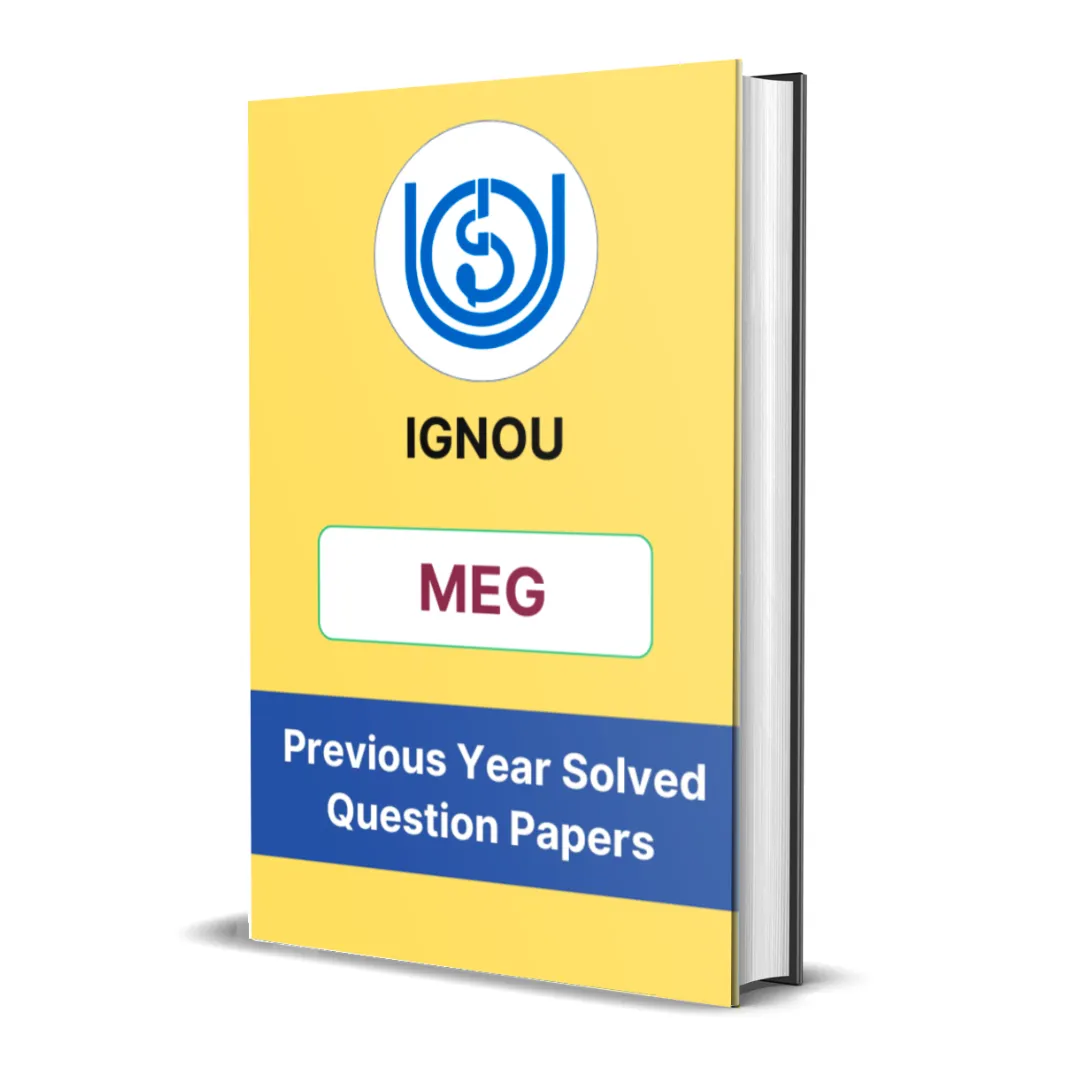Here you will get the detailed summary of IGNOU MEG 19 Block 4 – War Novels.
We have provided the summary of all units starting from unit 1 to unit 4.
Introduction
IGNOU MEG-19 Block 4, titled War Novels, delves into Australian literary responses to the theme of war, with a particular focus on Thomas Keneally’s acclaimed novel Schindler’s Ark. This block explores how war—especially World War II—has been portrayed in Australian fiction, both as a historical event and a moral crisis. It examines the ways in which war literature addresses complex human emotions, ethical dilemmas, and the capacity for compassion and cruelty under extreme circumstances.
Unit 1 – Australian Novels of War
This unit offers a broad overview of how war has shaped Australian fiction, especially through novels that explore the World Wars, Vietnam, and other military engagements.
Key points:
-
War novels in Australia often deal with:
-
National identity
-
Loss and trauma
-
Survival and heroism
-
Colonial loyalties and independence
-
-
Early representations (World War I) were largely patriotic, while later ones became more critical and introspective.
-
Notable authors in this genre include David Malouf, Roger McDonald, and Thomas Keneally.
Australian war literature doesn’t glorify battle but instead focuses on the psychological toll and moral ambiguity of conflict.
Unit 2 – Thomas Keneally as a Novelist
This unit provides a critical introduction to Thomas Keneally, one of Australia’s most distinguished novelists.
Key features of Keneally’s work:
-
Known for combining historical detail with moral reflection
-
Often focuses on marginalised figures, conflict zones, and ethical choices under pressure
-
Balances storytelling with rigorous research, making history both intimate and accessible
-
Prolific output includes novels like:
-
The Chant of Jimmie Blacksmith
-
Gossip from the Forest
-
Schindler’s Ark
-
Keneally’s international acclaim came with Schindler’s Ark, which won the Booker Prize in 1982 and was later adapted into the Oscar-winning film Schindler’s List.
Unit 3 – Schindler’s Ark: The Triumph of Humanity
This unit examines Schindler’s Ark as a narrative of redemption and moral courage during the Holocaust.
Overview:
-
Based on the true story of Oskar Schindler, a German industrialist who saved over 1,100 Jews by employing them in his factories during WWII.
-
The novel explores how a man with flawed motives and a checkered past transforms into a heroic figure through small but significant acts of humanity.
Themes and narrative features:
-
Individual vs. System: Schindler’s defiance against Nazi machinery
-
Ambiguity of Goodness: Morality is shown in shades of grey
-
Power of Compassion: Small choices can change lives
-
Blend of factual documentation and novelistic narration
Keneally’s restrained, documentary-like style avoids sensationalism and focuses on the dignity of the human spirit amidst horror.
Unit 4 – Schindler’s Ark: Major Themes
This unit explores the core thematic concerns of Schindler’s Ark in greater depth.
Key themes:
-
Moral Transformation: Schindler’s journey from war profiteer to savior
-
Survival and Resistance: The quiet resistance of Jewish workers
-
Bureaucracy and Evil: How ordinary people enable genocide through systems
-
Humanism vs. Genocide: Compassion becomes the ultimate resistance
Additional insights:
-
The novel presents heroism not as idealism, but as moral persistence under pressure.
-
It challenges readers to reflect on:
-
What drives people to help others at personal risk?
-
How can one act morally in an immoral world?
-
Keneally’s portrayal of Schindler’s factory as a “safe zone” in a collapsing world becomes a metaphor for moral sanctuary and human resilience.

